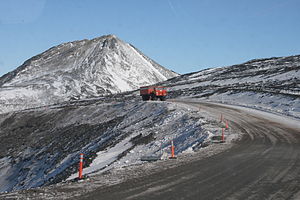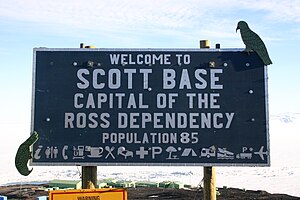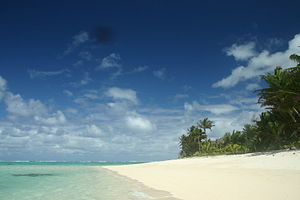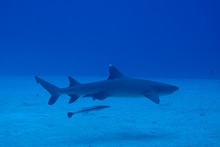

James Cook University marine biologist Robin Beaman says the slab will eventually break away from the Great Barrier Reef and when that happens it could generate a huge tsunami.
"It's actually up on the top of the continental slope in about 350 metres of water,'' Dr Beaman told ABC radio.
"If it were to break away catastrophically, that is break away really quickly ... it would actually cause a tsunami.
"That tsunami would travel across the Great Barrier Reef, it's about 70 kilometres offshore, and it would impact the local area, the North Queensland area.''
It's estimated it would take about an hour for any tsunami to hit coastal areas such as Mourilyan Harbour and Clump Point, south of Cairns.
But Dr Beaman says it's still very stable, and something like a very large earthquake near the site would be needed to trigger a catastrophic collapse any time soon.
"That is very unlikely. But we should be aware that these things exist. We don't really know when such a block might collapse. All I can say is sometime it eventually will.''
http://www.news.com.au/national/unstable-sea-slab-near-barrier-reef-could-cause-huge-monster-tsunami-in-north-queensland/story-fndo4eg9-1226541644059
Ecospree









 “As we finish up the year 2011, I want to thank all of you for your educational posts over the past year.
“As we finish up the year 2011, I want to thank all of you for your educational posts over the past year.































